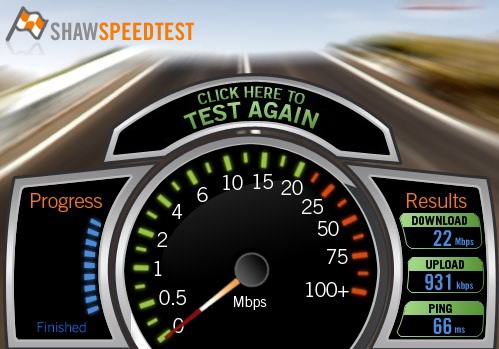
Figure 1: What is this, 1994 all over again?
Whenever bandwidth is discussed, there’s always lots of finger pointing because there are so many variables, and players involved, that it’s rarely a simple issue. My particular bandwidth bugaboo this morning? I was ticked off that Dropbox [referral] was only uploading at 10 KB/s. I left a 900 MB transfer running all night and it wasn’t finished in the morning, and that’s when I discovered the awful speed. My first instinct was to point a finger at Dropbox, thinking there was some sort of bandwidth throttling going on. I did a speed test with a tool my ISP provides (speedtest.shaw.ca) and was shocked to see 1.7 Mbps downloads and 107 kbps uploads (Figure 1). It’s normally 20x that on downloads and 10x that on uploads, so I knew something was wrong beyond just Dropbox.
Whenever I have wonky bandwidth problems, this is my most extreme troubleshooting procedure:
- Power off your computers(s), not just sleep/hibernate them
- Unplug your router and cable modem/DSL modem
- Wait 30 to 60 seconds, then power up your cable modem/DSL modem
- Wait until your modem has fully locked in and has a connection
- Now power up your router
- Wait 60 seconds, then power up one PC
- Do a bandwidth speed test, record the results
- Power up remaining PCs, doing speed tests, and recording the results
- If you want to be really thorough, re-do the speed test on the first PC you powered up and see if the results are significantly different
Powering up one PC and doing a speed test allows you to isolate that PC and record the speed in the simplest setup possible (one PC > router > modem). If you have a PC on your network that’s been compromised somehow and is chewing up bandwidth without you knowing it, this is one way to find out.

Figure 2: Well that’s much better! Except those upload speeds. Those still look like 2005…
Not everyone will require all these steps, but they work 99% of the time. After doing this, my Dropbox upload speed was 107 KB/s, a near-10x improvement. I have 1mbps from my ISP, so those results (Figure 2) are what I’d expect to see.
The sad reality is that many routers, even expensive dual-band ones (I have a Linksys WRT610N), are flaky and need a kick in the head sometimes. Another good way to test if your router is the problem is to connect your PC or laptop directly to your modem, bypassing the router, and do a speed test that way. That allows you to get some knowledge before you point a finger at your ISP – because they’re probably just going to blame your router anyway!
By the way, if you’re interested in signing up for Dropbox, the referral link above will give you an extra 250 MB beyond the free 2 GB – and it gives me an extra 250 MB as well, so we both win. 🙂